-
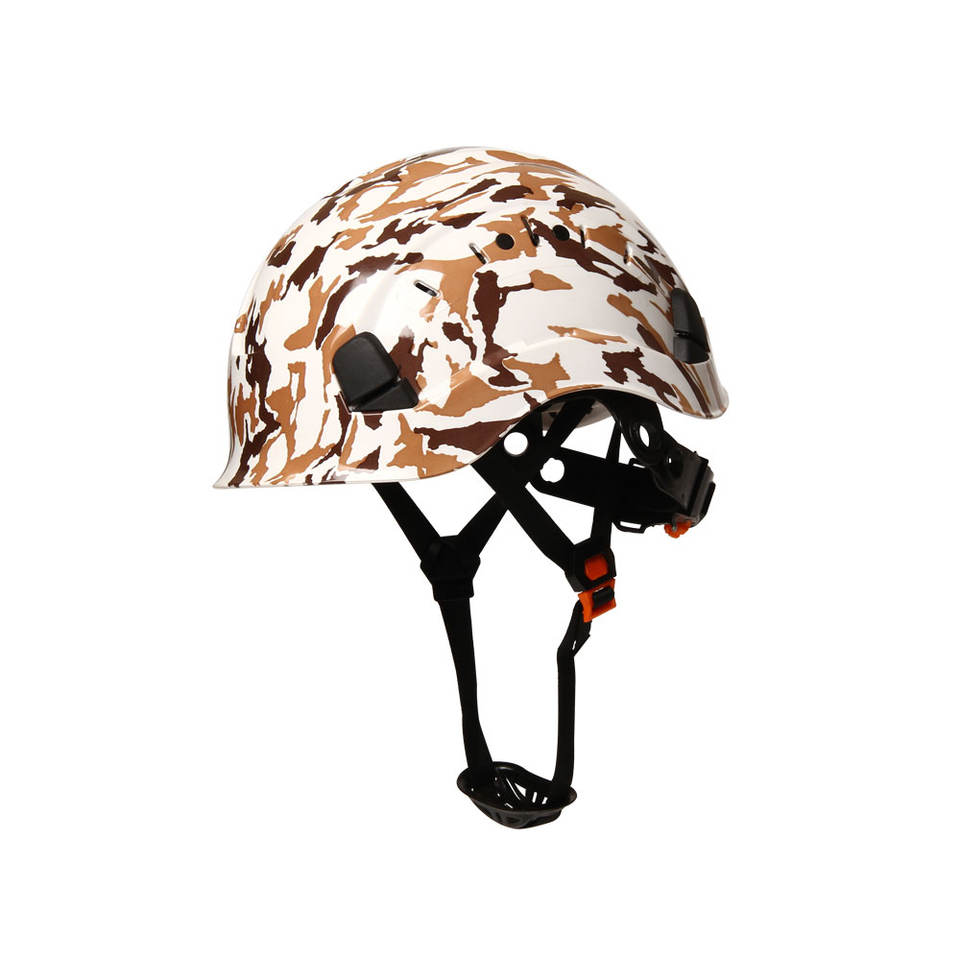
Hard Hat Types and Class Standards
According to the Occupational Safety & Health Administration (OSHA), a hard hat must be worn “when working in areas where there is a potential for injury to the head from falling objects.” In addition, a hard hat must also be worn in working areas where there is the risk of exposure to electrical conductors that can potentially contact the head. In these types of environments, specially designed protective helmets are required in order to counteract the dangers of electrical shock hazards. Hard hats that are considered to be “OSHA approved” meet the minimum criteria established by the American National Standards (ANSI) and the International Safety Equipment Association (ISEA), in accordance with the most current ANSI/ISEA Z89.1-2014 (R2019) standard.Read more -
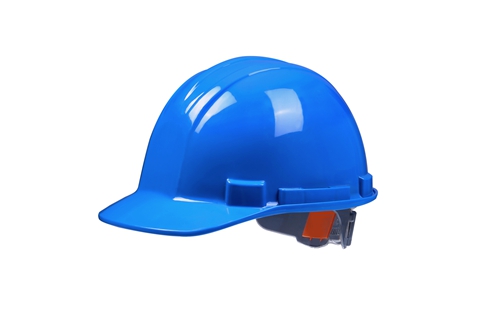
Type 1 vs. Type 2 Safety Helmet
What is the difference between a Type 1 and a Type 2 safety helmet for construction jobs?Read more -
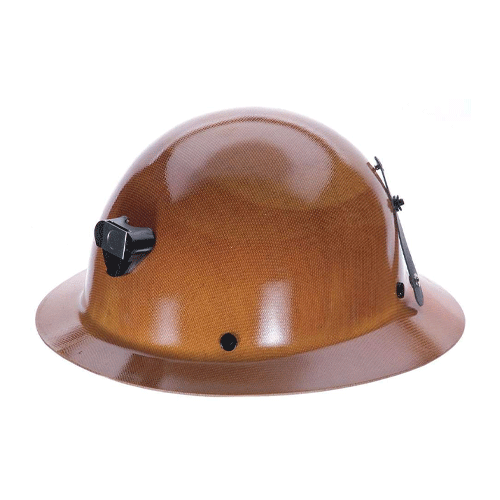
The Safety Helmet Impact Cheat Sheet
Vertically straight impacts directly to the top of the head are not as common as you might think. This is why construction firms across the US are beginning to adopt Type 2 hard hats as their new standard.Read more -
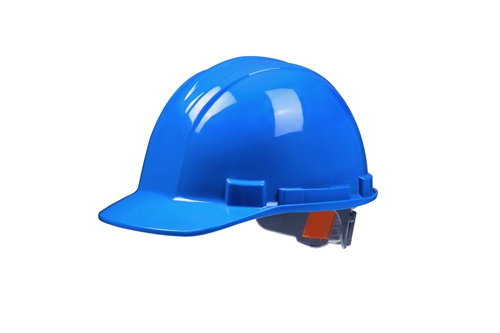
Type I vs. Type II Helmets worker safety helmet
Industrial protective helmets are classified by impact type and electrical class per ANSI Z89.1-2014*. All protective helmets are required to meet either Type I or Type II requirements. If hazard potential is for top impact, a Type I helmet should be considered. If hazards are present that can impact the front, back and sides, as well as the top of a helmet, use of a Type II helmet should be considered. If application hazards are present that may cause a helmet to dislodge from a user’s head, use of a chinstrap should be considered for additional safety and helmet retention.Read more -
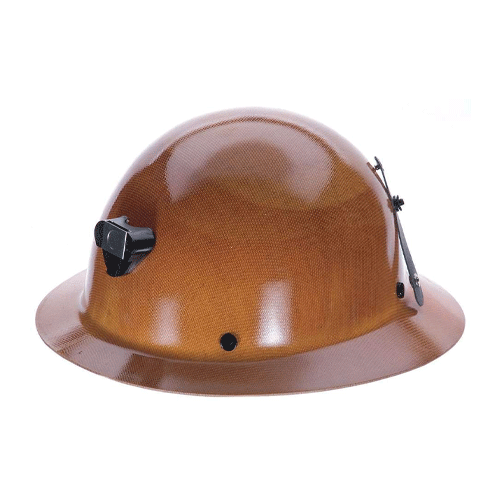
Are Type 2 Safety Helmets Becoming the Standard on Job Sites?
Type II safety helmets are gaining popularity in construction sites and other industries where there is a higher risk of lateral impacts. As safety regulations become more stringent and employers focus more on worker safety, many construction sites are opting for Type II helmets to provide additional protection for their workers. In many cases, Type II helmets are now being required by safety regulations in specific industries or job sites.Read more -
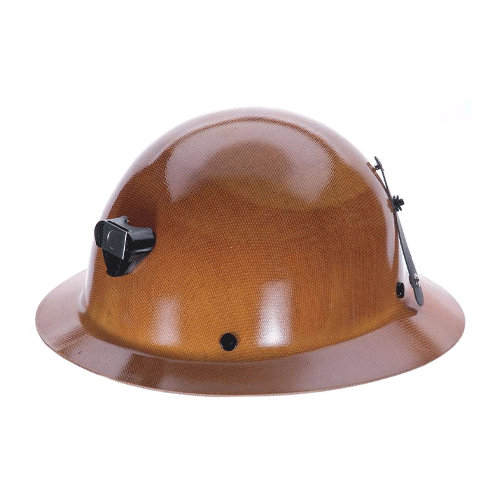
What is the Difference Between Type 1 and Type 2 Hard Hats?
All industrial protective hard hat are either Type 1 or Type 2 based on ANSI and CSA standards for impact resistance and direction. A hard hat can only have one designation for impact properties. Read the full blog to learn more about the different types.Read more -
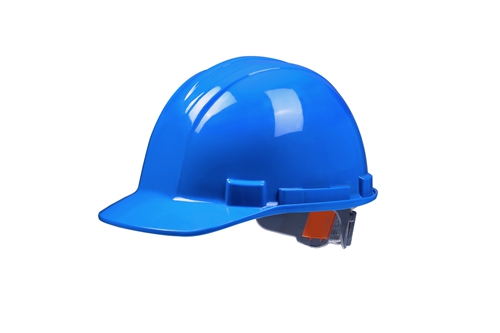
Different Types Of Hard Hats
As one of the most important kinds of safety products, workers should be very familiar with their hard hats. These items protect what is perhaps the most important part of the human body - the head. Different kinds of tasks and situations call for different kinds of hard hats, so it's important to know the difference between the ANSI-defined classes and available hard hats.Read more -
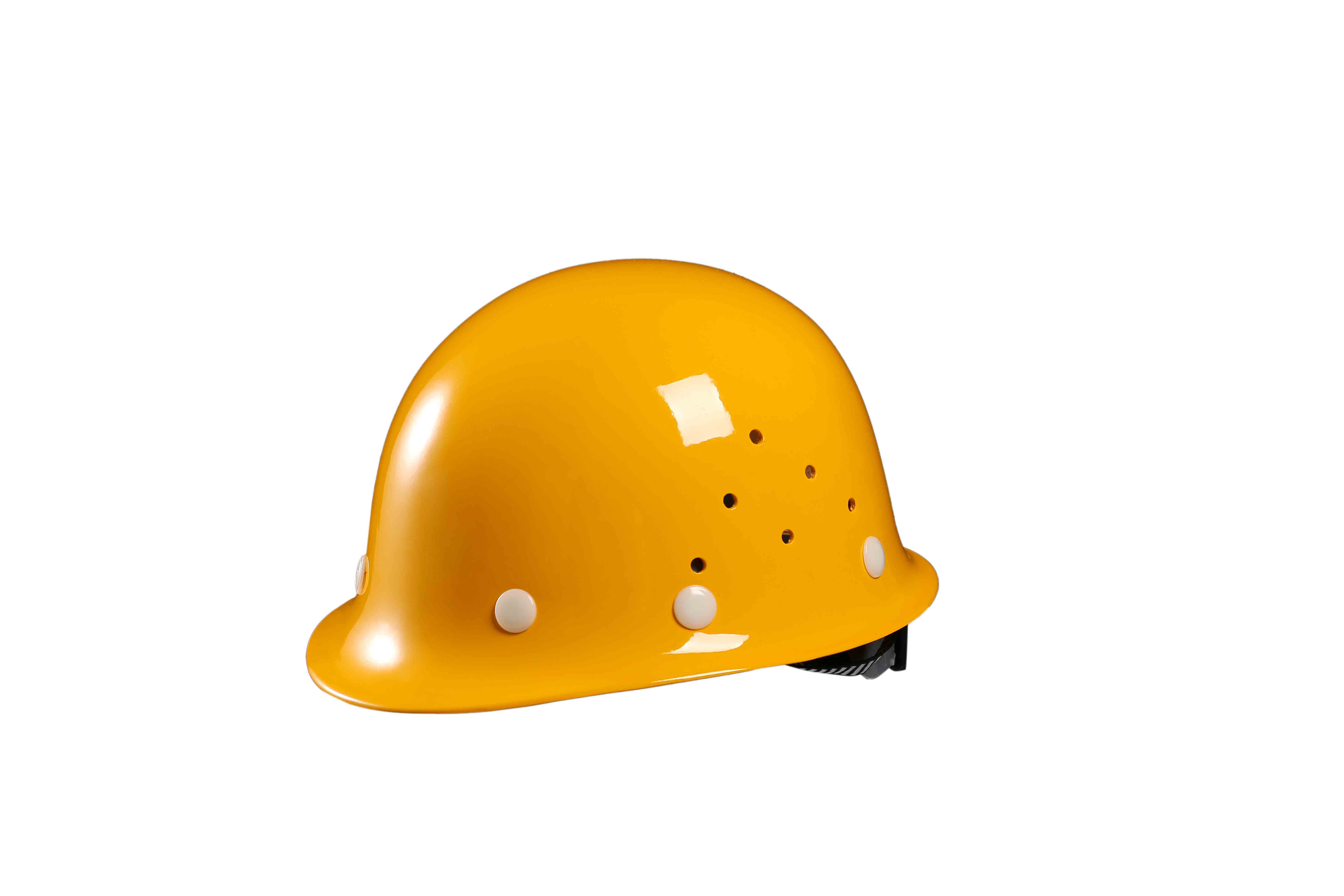
High Visibility PPE
The Resources in this category offer information on high visibility personal protective equipment, such as garments, vests, helmets and gloves.Read more -
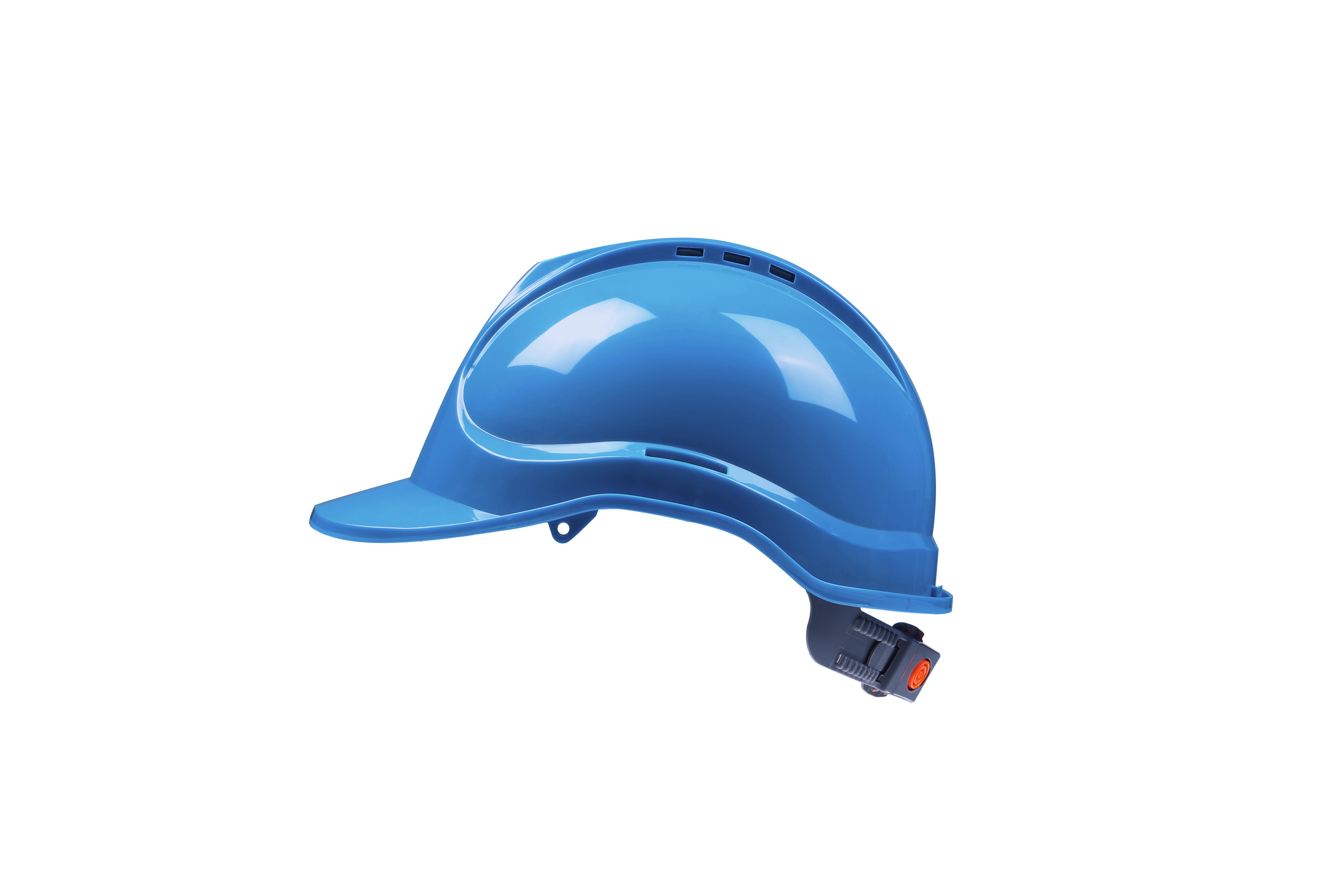
Making the Switch: Hard Hats vs. Safety Helmets
For over 100 years, hard hats have helped protect workers from various hazards, including falling objects, tools, debris and electrical hazards. However, the hard hat wasn’t designed to protect against injuries from slips, trips and falls, which in 2020 resulted in over 200,000 serious injuries that required days off work according to data from the National Safety Council’s Injury Facts.Read more
Email :
person0317@163.com
